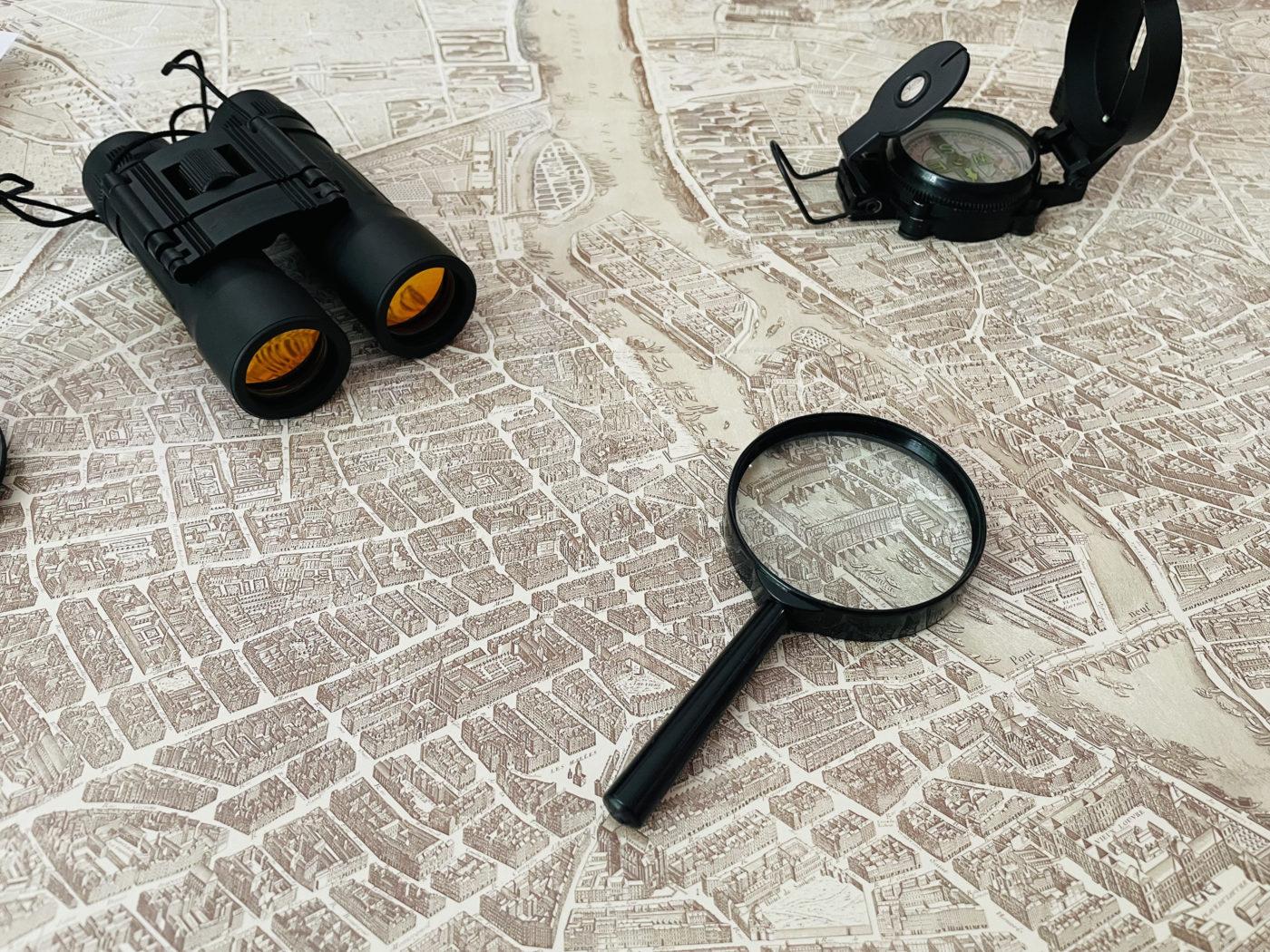The soaring popularity of life-size investigative games is not exactly breaking news! Obviously, two words come to mind when talking about this trend: escape game. First launched in France in 2013, the number of “rooms” was around 300 in 2017 and has risen to over 800 today.
Still, there’s a sense of declining interest in the format, and that’s where treasure hunts stand out. Created in 2009, Qui veut pister is a pioneer in the category of investigation games, providing a comprehensive and varied enough experience to avoid falling victim to the escape game craze that is at its peak popularity.
The immersive experience is the key
With its setting, complex mechanisms and time constraints, an escape game seeks to fully immerse players in the experience.
From its perspective, Qui veut pister has decided to rely on a more fundamental approach to the immersive experience: involving the participant in a story. The mere act of unlocking or escaping won’t be enough. In this case, the setting also plays a role, as the plot fully exploits the “life-size” concept by using an entire district to serve as the area to explore.
Companies are playing along
Beyond its popularity with the general public, the investigation game has also attracted another participant profile: companies. While escape games might be suitable for small companies, it’s quite hard to implement an efficient team-building event in a room (or two) with over 10 or 15 people.
And that’s where treasure hunts come in. With the capacity to host 10 to several hundreds of participants, a Qui veut pister treasure hunt is ideal for boosting team cohesion through a fun-filled experience.
Whether among the general public or with companies, the life-size investigation game continues to grow in popularity. If escape games are its figurehead, it seems like the initiator of the trend, treasure hunts, will also be the driving force behind the revival of the genre.
